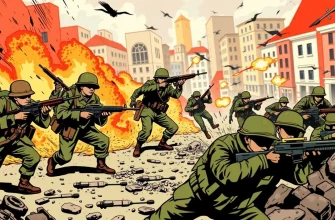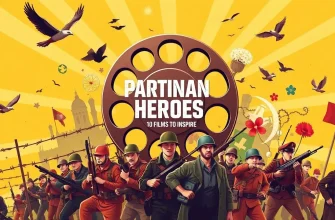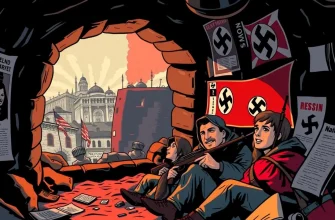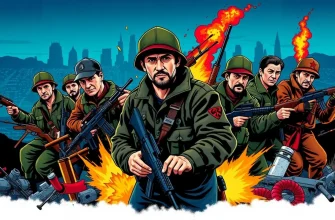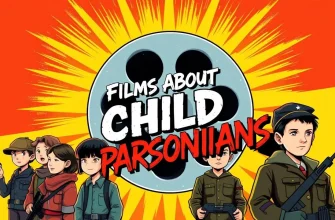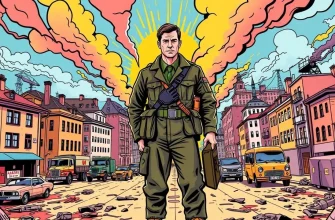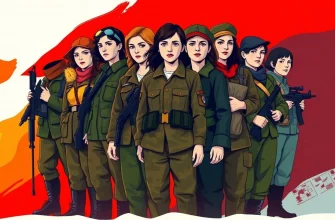Partisan warfare has long been a subject of fascination in cinema, showcasing the bravery, strategy, and often the moral complexities of guerrilla fighters. This collection of films delves into various historical contexts, from World War II to modern conflicts, providing a rich tapestry of stories that highlight the resilience and ingenuity of those who fight from the shadows. These films not only entertain but also offer a deeper understanding of the human spirit in times of adversity.
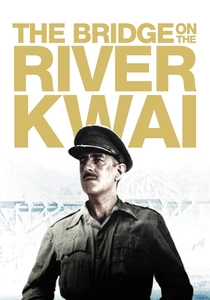
The Bridge on the River Kwai (1957)
Description: Though primarily about POWs, the film includes scenes of local resistance fighters aiding the escape, reflecting the spirit of partisan warfare.
Fact: The film was shot on location in Sri Lanka, standing in for Thailand.
 Watch Now
Watch Now
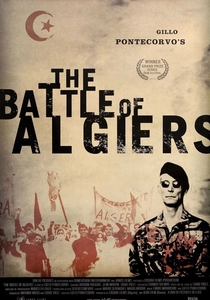
The Battle of Algiers (1966)
Description: This Italian-Algerian film provides a detailed look at urban guerrilla warfare during the Algerian War of Independence.
Fact: The film was banned in France for five years due to its depiction of the French military.
 Watch Now
Watch Now
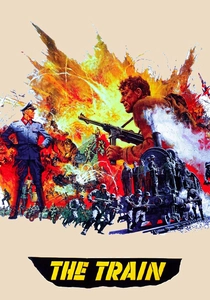
The Train (1964)
Description: While centered on a French resistance effort to prevent Nazi art theft, the film includes elements of partisan sabotage and guerrilla tactics.
Fact: The film was based on the real-life story of Rose Valland, who worked at the Jeu de Paume museum in Paris.
 Watch Now
Watch Now
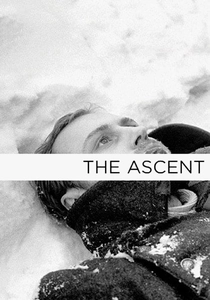
The Ascent (1977)
Description: A stark portrayal of two Soviet partisans' struggle for survival in Nazi-occupied Belarus, highlighting the moral and physical trials they face.
Fact: The film won the Golden Prize at the 10th Moscow International Film Festival.
 Watch Now
Watch Now

The Deer Hunter (1978)
Description: While not exclusively about partisans, this film includes scenes of Vietnamese resistance fighters, offering a glimpse into guerrilla tactics during the Vietnam War.
Fact: The film was controversial for its portrayal of the Vietnamese, but it won five Academy Awards, including Best Picture.
 Watch Now
Watch Now
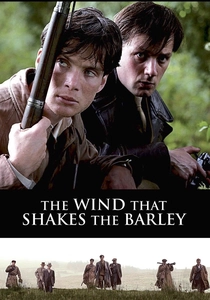
The Wind That Shakes the Barley (2006)
Description: Set during the Irish War of Independence, this film explores the lives of IRA volunteers, showcasing the complexities of partisan conflict.
Fact: The film won the Palme d'Or at the Cannes Film Festival.
 Watch Now
Watch Now

Defiance (2008)
Description: This film tells the true story of the Bielski partisans, a group of Jewish brothers who led a resistance against Nazi forces in Belarus during World War II, saving over 1,200 Jews.
Fact: The film was shot in Lithuania, which provided a historically accurate backdrop for the story. Daniel Craig and Liev Schreiber both learned Yiddish for their roles.
 Watch Now
Watch Now
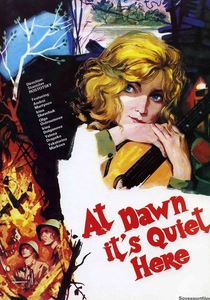
The Dawns Here Are Quiet (1972)
Description: Set during World War II, this Soviet film follows a group of female anti-aircraft gunners who become partisan fighters, showcasing their courage and sacrifice.
Fact: The film was remade in 2015, but the original remains a classic for its portrayal of the Soviet women's contribution to the war effort.
 Watch Now
Watch Now
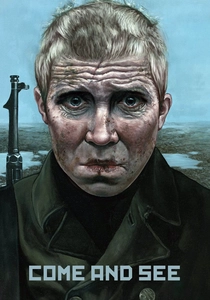
Come and See (1985)
Description: This harrowing Soviet film depicts the brutal realities of partisan warfare through the eyes of a young boy in Belarus during World War II.
Fact: The film's director, Elem Klimov, used real bullets during some scenes to capture the actors' genuine fear.
 30 Days Free
30 Days Free

The Unknown Soldier (1985)
Description: This Finnish film follows a group of soldiers, including partisans, during the Continuation War against the Soviet Union.
Fact: The film was remade in 2017, but the original is noted for its realistic portrayal of the Finnish experience in WWII.
 30 Days Free
30 Days Free


